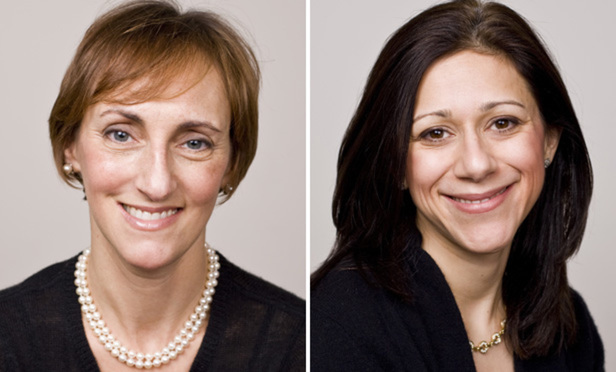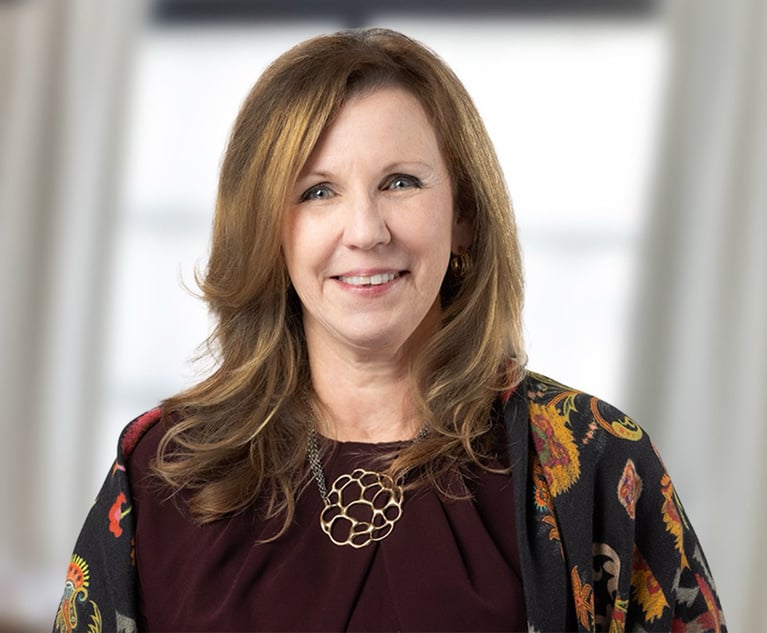On March 5, the New York Times ran an extensive profile of a federal judge in the Northern District of Ohio who has used mediation to settled multidistrict litigations and many other cases. In an effort to provide exposure to and gain wisdom from different mediator orientations, for this edition of our column, we reached out to Judge Dan Polster. Impressed by his commitment to the mediation process and what are clearly exceptional skills, we had the opportunity to speak with Judge Polster about his theory and process. While all mediators help parties come to autonomous resolutions, his unique methodology entails employing the gravitas of the robe. The following column includes excerpts from that interview, edited for length and clarity.
Judge Polster credits his wife, Deborah Coleman, a commercial litigator, for prompting him to begin mediating: “When she would come up for air in the middle or at the end of her cases, she would often tell me, ‘If the judge had spent an hour with us, this case could’ve been resolved.’ So, when I was fortunate enough to become a judge, I thought I would dig into the cases and see what I could do to resolve them. I understood that because I was a judge, people listened to me with respect and I had a certain credibility because of my office.”


 Abby Tolchinsky and Ellie Wertheim
Abby Tolchinsky and Ellie Wertheim




